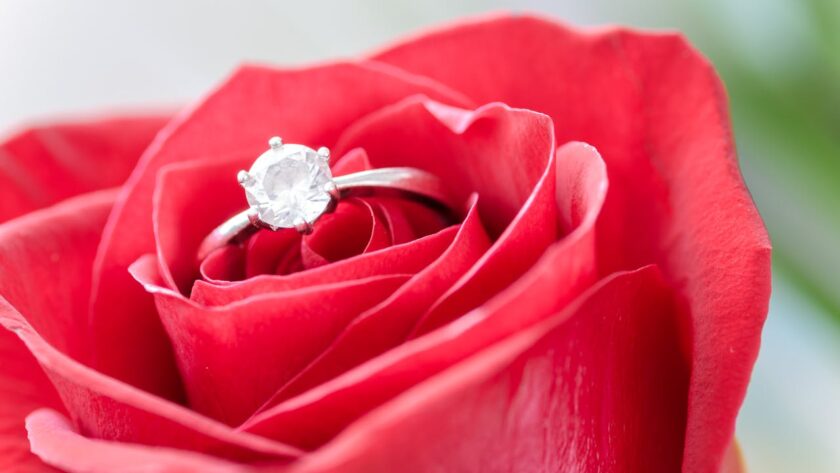Unlocking the Secrets of Diamond Authentication
Blake Asaad, the founder of GOODSTONE, explains how you can perform several validity tests to help you tell the real diamonds from the fakes.
1. The Scratch Test
This test involves scratching the surface of the diamond with another diamond. As Blake explains, ‘A real diamond is the hardest substance on Earth, so it will scratch other materials easily.’ If one diamond leaves a scratch on the surface of the other, it is likely fake.
2. The Fog Test
Hold the diamond close to your mouth and breathe on it. According to Blake, ‘Real diamonds disperse heat rapidly, so the fog from your breath should disappear almost instantly. If the fog lingers for a few seconds, it may indicate that the diamond is fake.’
3. The UV Light Test
Expose the diamond to ultraviolet (UV) light. ‘Most diamonds emit a blue fluorescence under UV light,’ says Blake. ‘If the diamond exhibits this blue glow, it is likely real.’ However, not all diamonds fluoresce, so the absence of fluorescence does not necessarily indicate a fake diamond.
4. The Water Test
Drop the diamond into a glass of water. ‘Real diamonds have high density, so they will sink to the bottom,’ explains Blake. It may be fake if the diamond floats or remains suspended in the water.
5. The Refraction Test
Place the diamond on a piece of newspaper and observe how it refracts light. ‘Real diamonds have high refractive indexes, which means they will bend light in a distinctive way,’ says Blake. It is likely real if the text beneath the diamond is blurred or distorted.
6. The Loupe Test
Examine the diamond under a jeweler’s loupe, a small magnifying device. ‘Real diamonds have imperfections known as inclusions, which are often difficult to see with the naked eye,’ Blake advises. If you can see tiny imperfections inside the diamond, it is likely real.
7. The Weight Test
Use a precision scale to measure the weight of the diamond. ‘Real diamonds have specific densities, so they will weigh exactly what they should,’ says Blake. If the weight deviates significantly from the standard, it may indicate a fake diamond.
8. The Heat Test
Apply a small amount of heat to the diamond. ‘Real diamonds are excellent conductors of heat, so they will disperse heat quickly,’ explains Blake. If the diamond remains cool to the touch, it is likely real.
9. The Magnet Test
Hold a magnet close to the diamond. ‘Real diamonds are not magnetic, so they will not be attracted to the magnet,’ says Blake.
10. A Professional Assessment
Finally, the best method of finding out whether your diamond is fake or not is to seek a professional assessment from a certified gemologist or jeweler. ‘When in doubt, it’s always best to consult an expert,’ advises Blake. ‘A professional assessment can confirm the diamond’s authenticity and quality, ensuring you receive genuine gemstones and avoid counterfeit products.’
Blake emphasizes, ‘Knowledge is key when it comes to buying diamonds. With these tests, consumers can shop with confidence and ensure they receive genuine gemstones.’

